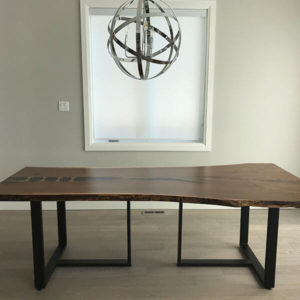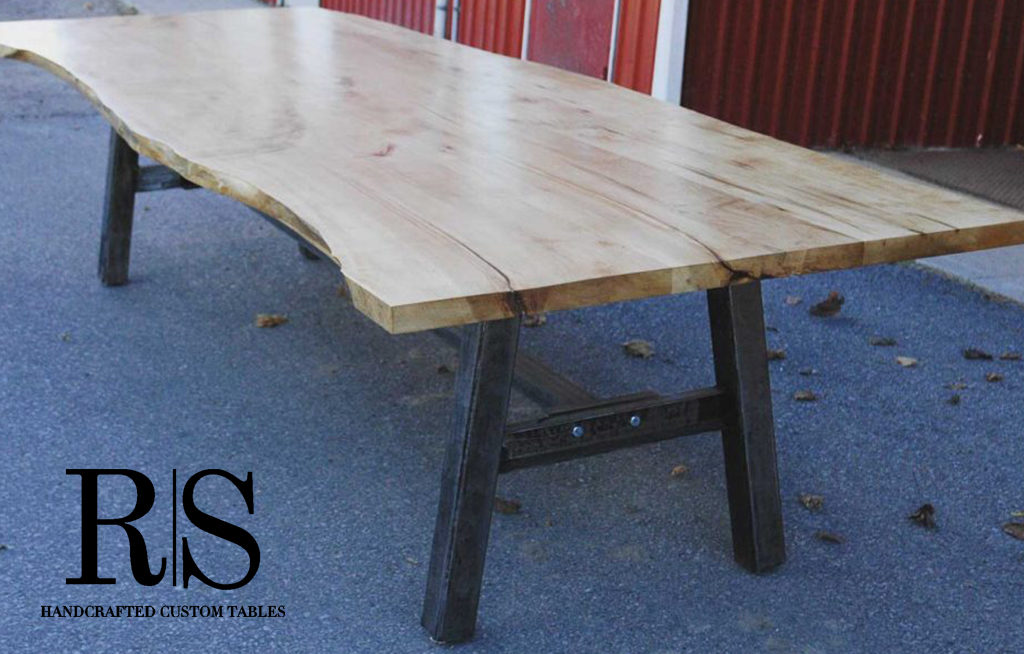Advice, Residential
Hardwood vs Softwood 101
Hardwood and softwood aren’t just terms for industry people and trade talks. Generally, what we use depends on the project, and each type of wood has its own pros and cons. For a Rustix project, you’re more likely to end up with something made from hardwood, because it’s better for indoor furniture. But there are some furniture projects where softwood would be preferred. What are the reasons behind this?
Hardwoods and Softwoods: What’s The Difference? 
Hardwoods tend to be more dense because they come from deciduous trees. These types – the ones that lose their leaves every fall, like maple, oak, and walnut – grow more slowly over time, allowing the cells that make up the wood to grow more dense as it ages. Softwoods come from coniferous trees, which grow much faster. This not only makes the wood of trees like cedar, firs, pines, and junipers less dense; it’s also cheaper to produce.
It can be a bit confusing, actually, because “hardwood” and “softwood” don’t necessarily represent superior durability of one tree type over another. Using a softwood, for example, doesn’t mean that the project will be easily damaged; softwood can actually be preferred for outdoor projects. Both hardwood and softwood are used for construction, decoration, and furniture making; it’s just that different projects require different attributes.
When Do You Use Softwood?
You’ll see a lot of softwoods used as shingles, barn board, and for outdoor furniture, because believe it or not, these types of woods are more resistant to water. It all has to do with the cell structure: evergreens, firs, and all the other members of the softwood family have closed-cell structures, and this makes them more resistant to water penetration. They can’t be used for finer structural components though, so the legs and backs have to be made with broad boards – the Muskoka chair is a great example.
It also helps that softwoods are cheaper. They are often used for building, and when you need a frame, wall, or ceiling structure put together, you’d go with a softwood.
When Do You Use Hardwood? 
Hardwood is usually the wood of choice for indoor Rustix products. The structural integrity, given to the wood by thicker cellular walls and narrow hollows, is what we need for the more delicate parts like table legs. For non-furniture products, you’ll see hardwoods used for things that need to stand up under a lot of pressure: decks, flooring, fences, etc. Add the right finish and paint, it can stand up to water pretty well.
Hardwoods are more expensive, but you definitely get what you pay for. Indoor furniture you use regularly has to be able to last, and any knicks and scratches that it might sustain need to be repairable. Oak, maple, walnut, and all the other hardwoods are perfect for these reasons, and most of the interior furniture that leaves our shop is made from local London hardwood!

